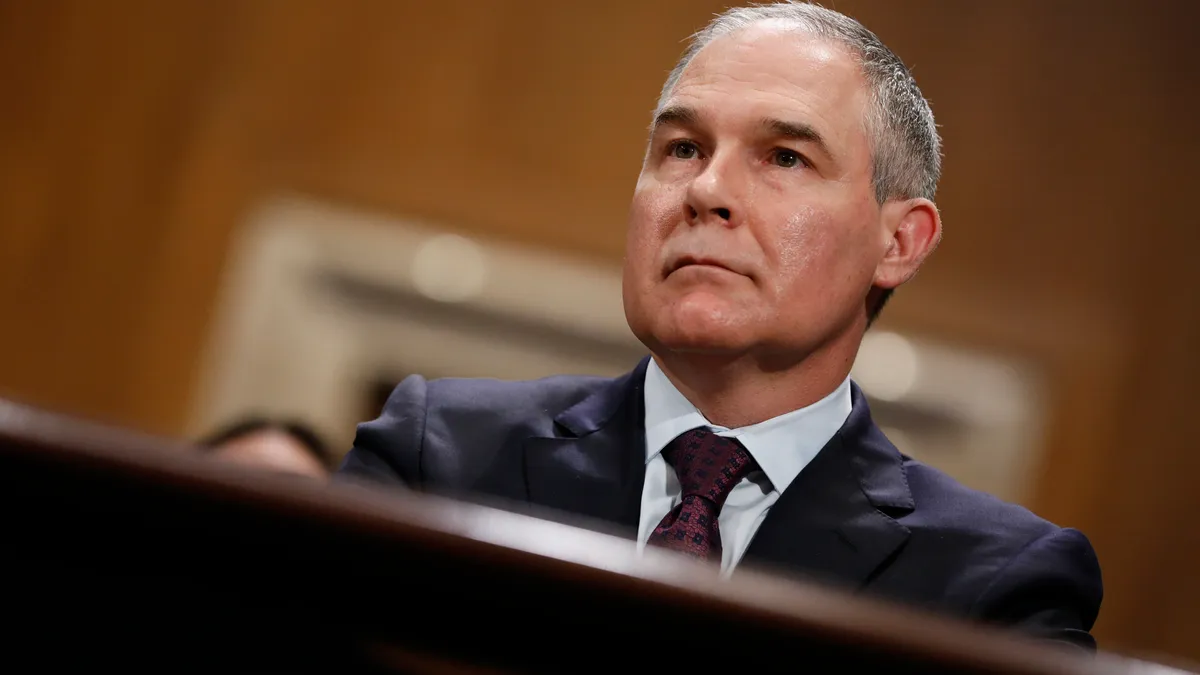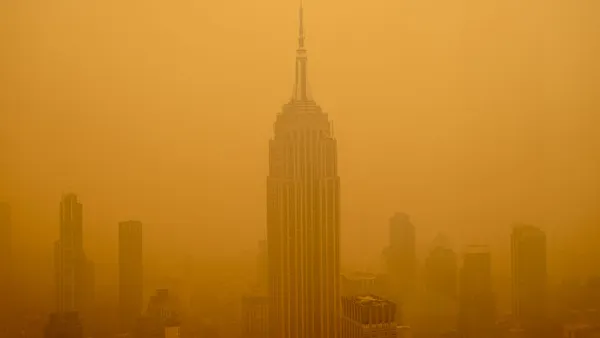Dive Brief:
-
The Environmental Protection Agency on Monday issued a notice requesting input from industry and the public on how to replace Obama era-climate regulations on the power sector.
-
The agency issued its Advance Notice of Proposed Rulemaking (ANPR), seeking comment within 60 days on how it should replace the Clean Power Plan, meant to govern carbon emissions from existing power plants. The power sector had anticipated its release for months.
-
The notice indicates the EPA is not likely to challenge the agency's 2009 carbon endangerment finding in the near future. The finding forms the foundation of EPA's regulatory power over greenhouse gases, and some conservative groups have pressured Administrator Scott Pruitt to challenge it.
Dive Insight:
The Clean Power Plan, finalized in 2015 by the Obama administration, never technically went into effect. Faced with legal challenges from more than two dozen states, the U.S. Supreme Court put the regulations on hold in February 2016.
Trump campaigned on a pledge to repeal the regulations, but until recently it was unclear whether his EPA would seek to replace them with new rules. Pruitt, however, told a Congressional committee this month that a replacement would follow the ANPR’s comment period.
“We are going to be introducing a replacement rule too, in place of the Clean Power Plan,” he said.
Regardless of the comments, many sector analysts expect Pruitt to replace the rules with new regulations that only cover emissions “inside the fenceline” of individual power plants. The CPP, by contrast, mandated emissions levels only achievable if plant owners invested in technologies "outside of the fenceline" of individual generators, such as purchasing renewables or closing coal plants in exchange for natural gas.
The so-called fenceline provision was a key argument that CPP critics, including the current EPA administrator, used to challenge the regulations in court last year. And Pruitt himself drafted a similar "inside the fence" alternative to CPP back in 2014 when he challenged the federal rule as Oklahoma attorney general.
The ANPR appears to set the EPA up to issue such a rule. The notice explicitly calls for comments on “efficiency (heat rate) improvements” at generators and carbon capture and storage, but no other specific pollution control techniques.
Energy and other business interest groups have pressed Pruitt to replace the CPP, saying it would reduce regulatory uncertainty, particularly from lawsuits expected to be filed by liberal states and environmental organizations opposed to the changes. Either way, many analysts expect declining renewable energy costs and persistently low-priced natural gas will allow the U.S. to meet the CPP’s targeted 32% emissions reduction from the power sector years ahead of the original schedule.
“Since 2005, the power sector has shrunk its carbon footprint by 24%,” a Bloomberg New Energy Finance report declared in February. “[I]n other words, the U.S. is 75% of the way to the Clean Power Plan’s “32% by 2030” headline target, with 14 additional years left to go.”












